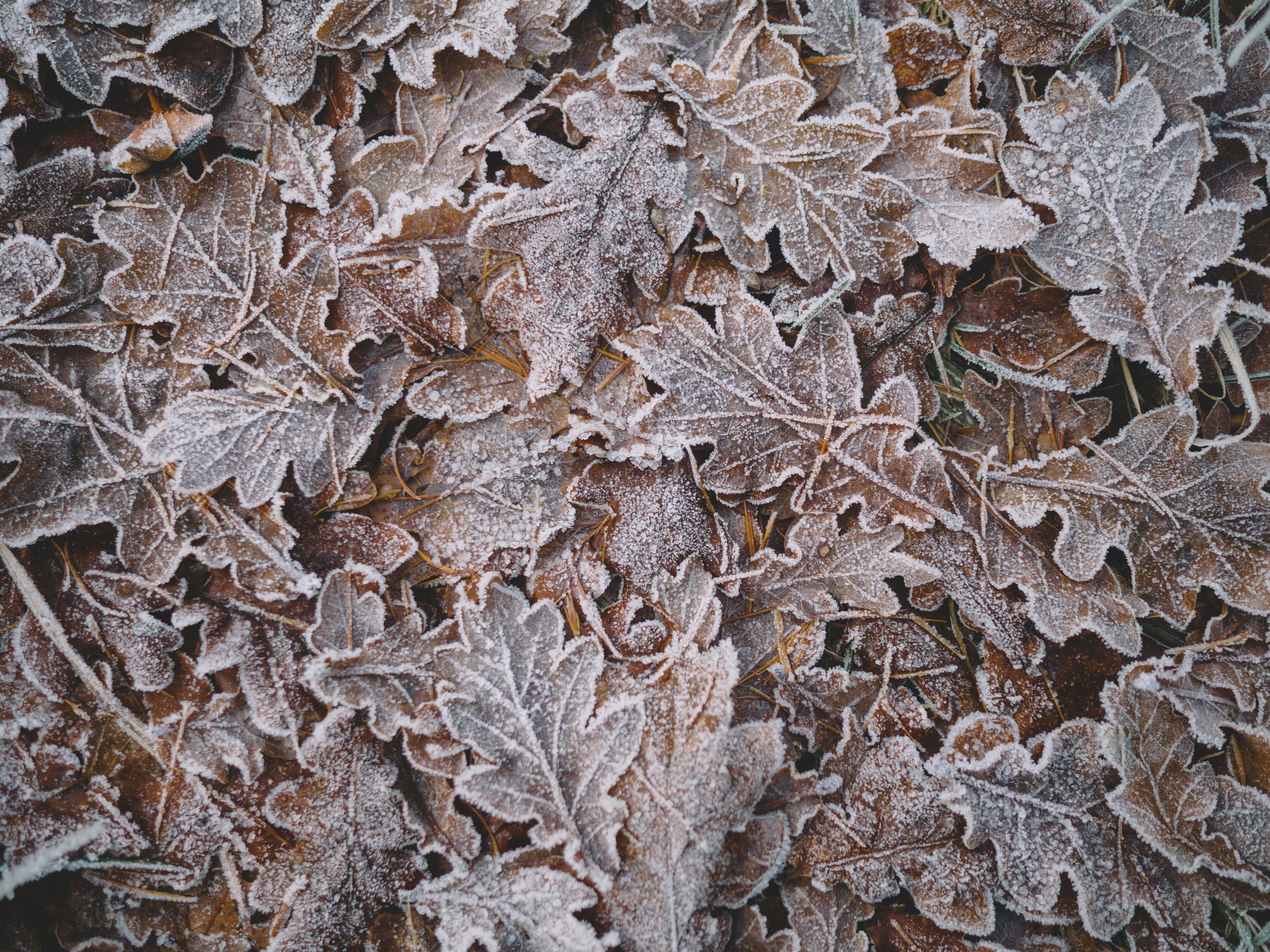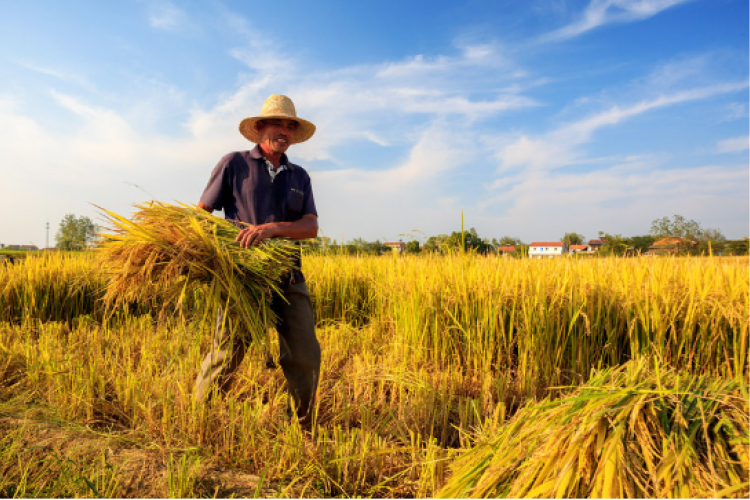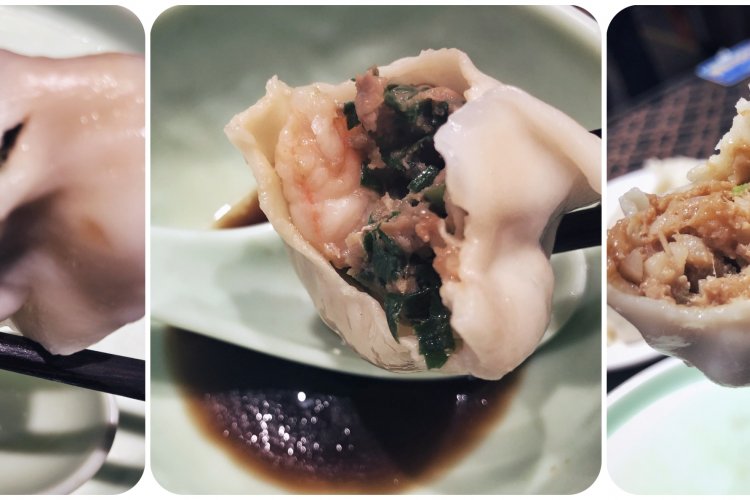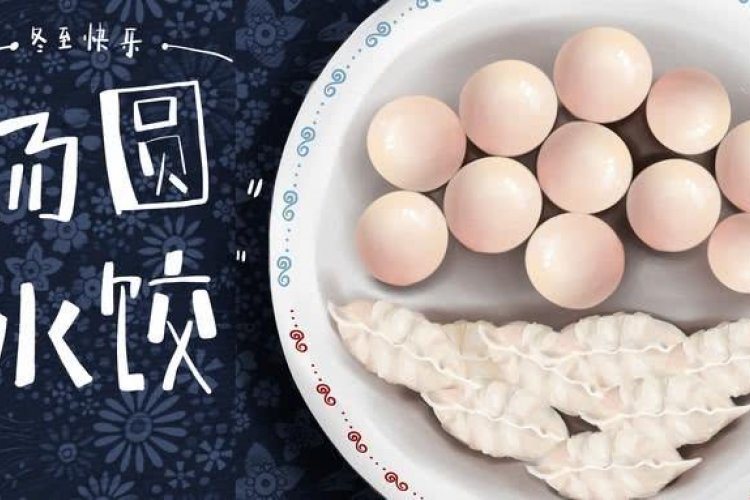Solar Terms 101: Eat Well in Winter, Beat the Tiger in Spring
The traditional Chinese lunar calendar divides the year into 24 节气 jiéqì solar terms based on seasonal changes and natural phenomenon. They play an important role in guiding agricultural activities, even to this day. But even city-dwellers like us can enjoy them. Each solar term has its own associated customs, traditions, and even recipes. In Solar Terms 101, we delve into what makes each one special...
Name of the solar term: 立冬 lìdōng lit. “Set the start of winter"
Gregorian date: Nov 7/8 (Nov 7, 2020)
What is lidong all about
When the handle of the Big Dipper points northwest and the solar longitude reaches 225 degrees, 立冬 lìdōng, the first solar term of winter, falls upon the vast lands of China. Astrologically, it marks the beginning of winter, and the storing of energy while animals sink into hibernation and plant-life withers, leaving the ground stark and ready for snow. However, meteorologically, the winter starts on the first day of five consecutive days when the average temperature drops below 10 degrees Celsius. What's more, it's worth noting that the weather varies drastically between different regions in China. For instance, by the time Beijing enters winter, folks living on Hainan island may still be eating ice cream while the rivers bordering Russia have already frozen over.
The micro seasons of lidong

The names of lidong’s micro seasons are pretty straightforward, revealing some of the most noticeable phenomena of this season. It begins with 水始冰 shuǐ shǐ bīng, the water starts to freeze, in northern China, when the lowest temperature of the day can drop below freezing around this time. Having said that, it's not recommended that you go ice skating on the lakes in nearby parks, as the frozen water is still but a thin layer of ice. Meanwhile, 地始冻 dì shǐ dòng even invisible for most of the time, soil that has been relatively moist up until this point begins to harden due to the weather, making the ground as solid as metal, however, for most parts of China, the land won’t crack until winter sets in a bit more. As for the last micro season, 雉入大水为蜃 zhì rù dà shuǐ wèi shèn, is akin to 雀入大水为蛤 què rù dà shuǐ wèi há during hánlù. That is, ancient Chinese believed that when pheasants plunged into the ocean they'd turn into 蜃 shèn, a shapeshifting dragon or sea monster resembling a large saltwater clam believed to create mirages that exist in Chinese mythology.
Rest for the field and peace for the mind
As one of the four solar terms marking the beginning of a season, farmers at long last don’t need to bustle about between muddy rows in the fields since nature is basically dormant, and so too is every living soul.

The villagers usually hold rites to welcome the winter and pay tribute to their ancestors and the gods for a better harvest in the next year. Hardworking farmers will also get the delicacies – and booze – they deserve during local celebrations.
But it doesn’t mean you can just lay around and sleep until the snows melt: Frequent cold snaps and frostbite are formidable enemies against winter wheat and other produce in the field. And until the snow comes, any remaining bugs can also deal a devastating blow to the crops.
What to eat for lidong
Traditional Chinese believe lidong is a crucial time to consume essential nutrients, ensuring continued health throughout winter. And according to the theories of Traditional Chinese Medicine, the kidney and urinary tract will become more active during the winter season, awakening the cardiovascular system. Consuming salty food will make things worse but bitter flavors can ease the situation. And the winter is regarded as an important time to store and accumulate energy, reflected in the old saying, "冬天进补,春天打虎 dōngtiān jìnbǔ, chūntiān dǎ hǔ eat well in the winter, then you can beat the tiger in the spring."

People who live in Fujian and adjacent regions in southeast China will collect the rhizome of various herbs and vegetables for a stew which is believed to strengthen the kidneys and joints, and aid digestion. In the Canton area, sugar cane is considered proper food for this season, and people believe that enjoying the natural candy bar around lidong won’t result in toothaches.
Meanwhile, in northern China, eating dumplings on the day of lidong is a custom that some people still practice today. Besides their sheer deliciousness, there are two other reasons why these starchy little pockets filled with flavors and surprises are so beloved by northerners. First, the name 饺子 jiǎozi dumplings was derived from 交子之时 jiāo zǐ zhī shí the time of transition. So during times like lidong or Chinese New Year – ie the transition between seasons or years – eating dumplings is a fitting manifestation for this natural phenomenon. The second reason is a bit more fun and exclusive to Northern China: Ancient Chinese believed dumplings resemble ears, thus enjoying this dish prevents your ears from frostbite in the harsh northern winter.
Read: Solar Terms 101: Fiery Leaves, Shining Persimmons, and Autumn's Unmistakable Hues
Images: Andrew Ridley (via Unsplash) Facebook, Ihytv, Qianlong, Sina







